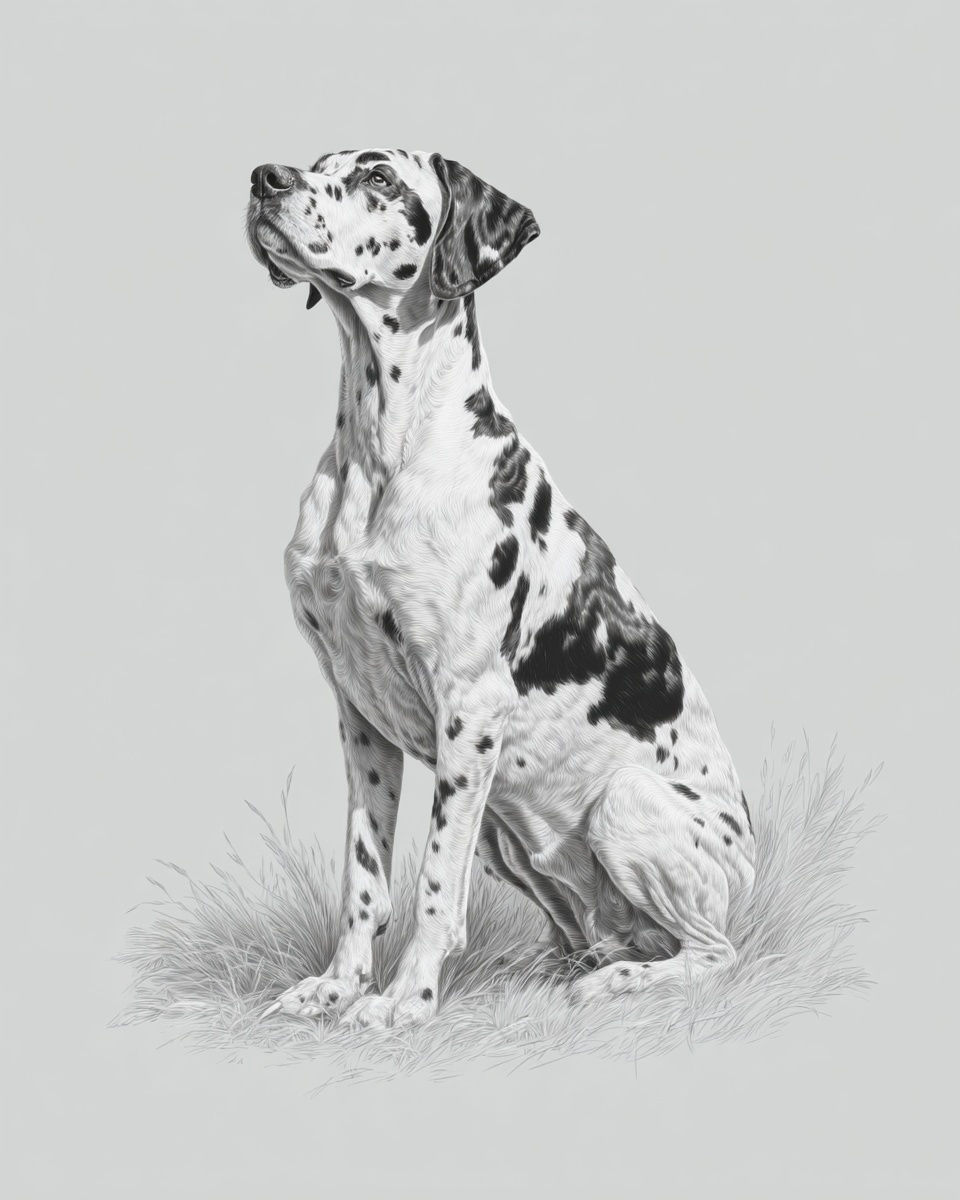Pointer

Description
The Pointer, often called the English Pointer, traces its roots back to 17th-century Spain and Portugal. This breed was developed by blending hunting dogs like Greyhounds, Foxhounds, and Bloodhounds to create a skilled bird and game hunter. Their short, dense coat lies close to the body, offering protection against the elements during outdoor activities. Pointers became popular in England in the 18th century and later spread worldwide. Known for their natural hunting instincts, Pointers exhibit a distinctive pointing stance, standing tall and still to indicate game. They are affectionate with family and usually good with children and other pets, though early socialization is crucial. Their friendly demeanor combined with a strong hunting drive means they thrive with experienced owners who can meet their activity needs.
Grooming
Pointers have a smooth, short coat that requires minimal upkeep but benefits from regular care to stay healthy. Shedding is light to moderate, so weekly brushing with a rubber curry or bristle brush helps remove loose hair and distribute natural oils. Bathing should be done every 4 to 8 weeks to avoid drying out the skin. Nail trimming every 2 to 4 weeks keeps paws comfortable, while monthly ear checks prevent buildup or irritation. Their coat colors range from solid black, liver, lemon, and orange to various white combinations with ticking or points. White areas may show dirt more easily, so spot cleaning can keep them looking sharp. Pro tip: Use a damp cloth to wipe paws and white patches after walks to reduce staining. • Brush weekly with rubber curry or bristle brush • Bathe every 4–8 weeks, avoid over-bathing • Trim nails every 2–4 weeks • Check ears monthly • Spot clean white areas as needed
Learn the Smooth routine:
→ Complete Smooth Grooming Guide
Walking
Pointers need about 100 minutes of walking daily, split into two sessions to match their stamina and focus. Morning walks can be brisk and energizing, while evening strolls help them wind down. These dogs enjoy varied routes that engage their keen noses and sharp eyes. Incorporate some off-leash time in secure areas if possible, allowing them to stretch their legs fully. Example routine: Morning: 50 minutes brisk walk with scent exploration Evening: 50 minutes relaxed walk, socialization opportunities included Keep sessions consistent to satisfy their hunting instincts and prevent boredom.
Boarding
When boarding a Pointer, provide a crate sized between 42 and 48 inches to ensure enough room for comfort and movement. These dogs thrive with active play sessions, so plan for two energetic play blocks daily combined with scent or brain games to keep their minds sharp. Avoid small-animal toys that could trigger prey drive, and ensure fencing is secure to prevent escapes. Staff should note the breed’s tendency to bark and their need for mental stimulation. Regular interaction and exercise reduce stress and promote calm behavior. Pointers respond well to consistent routines and positive reinforcement during their stay, making them cooperative and happy guests.